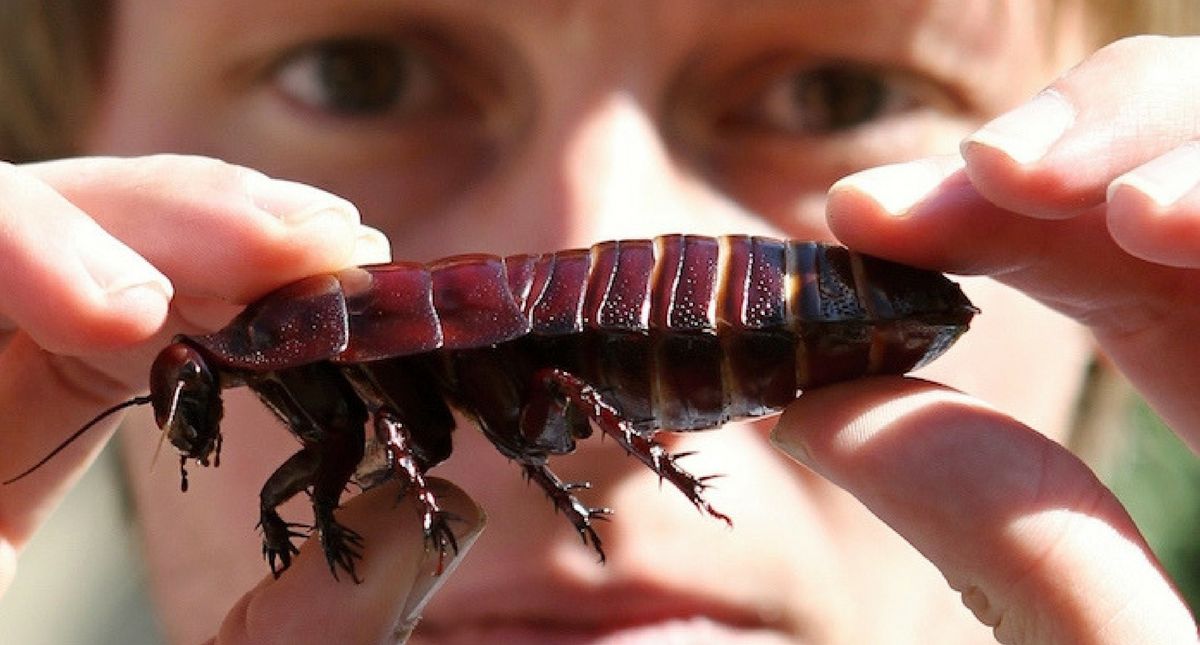The next time you see an offensive pest scurrying across your kitchen floor at night, you may think twice about thwacking it to death and disposing the crunchy, lifeless shell after hearing about benefiting from its nutritious milk.
It's disturbing, but allegedly true.
Cockroaches have been deemed as a "superfood" and is becoming a fascinating subject among health nuts.
With over 4.600 species, the Pacific Beetle cockroach is the only one known to lactate and is rich in nutritious milk crystals suitable for drinking. The crystalline solution is used to feed cockroach infants, but a new study shows that humans can benefit from it as well.
Roach milk smoothie, anyone?
According to researchers in Japan, India, France, Canada, and the U.S., this roach milk has essential amino acids and may contain three times more energy than in an average serving of milk.
But scientists are quick to reassure foodies that roach milk isn't ready to take over the world just yet. For one, marketing it to consumers would be a tough sell. In addition, producing roach milk for the masses is a time consuming process.
Leonard Chavas, who co-authored a viral study published in the Journal of the International Union of Crystallography told Inverse that one person harvesting the milk – which has crystal-like consistency rather than liquid – from two or three roach's midsections via a scalpel, can take as long as half a day.
The timing is essential for harvesting the milk. Scientists would have to extract the nutrient-rich elixir when a roach reaches 40-days of age – the period when it starts to lactate for its offspring.
So how is roach milk exactly a superfood? Chavas claims that roach milk is four times more dense in energy than cow's milk. Inverse further detailed the well of nutrients that would benefit people.
The milk itself comprises three types of very similar proteins. It contains all the essential amino acids required for proper cell growth. It also contains lipids we need to keep healthy, but which are not naturally well-produced by our own bodies. And the milk is highly glycosylated — the surfaces of its proteins are coated with sugar. All this comes together to mean that the energy profile of cockroach milk effectively kicks the butt of every other conceivable type of milk.
How game are you to quench your thirst with roach milk for the sake of a healthy diet?
Observe the statistics:
So are there any side effects?
H/T - Inverse, Twitter, MarieClaire
 COMICSANDS
COMICSANDS percolately
percolately georgetakei
georgetakei secondnexus
secondnexus george's picks
george's picks












